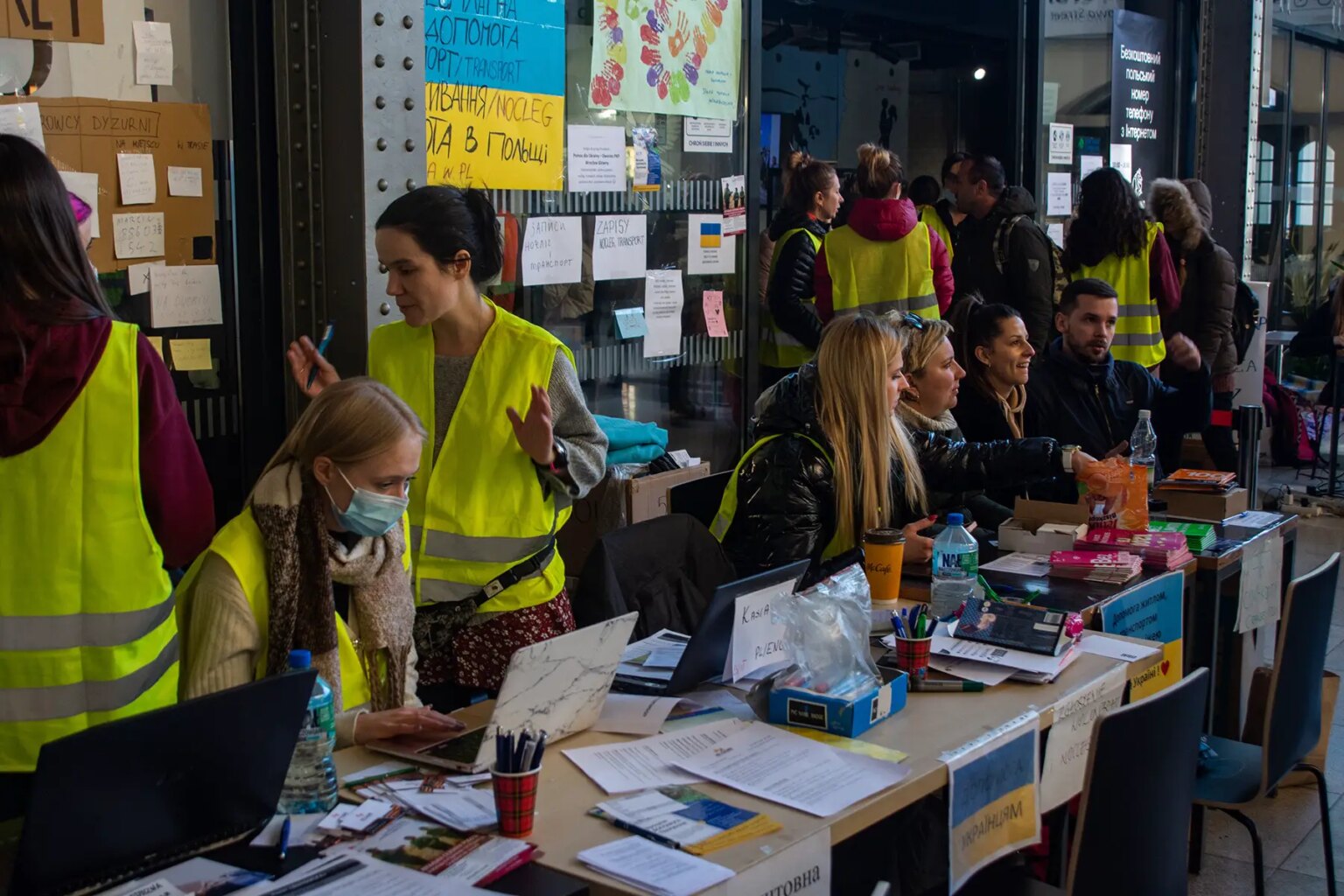The terrible situation occurring in Ukraine has produced those all-too-familiar harrowing images of large crowds of people fleeing their homeland. Refugees have existed all over the world for centuries. We may not always hear about them, but there are over 84 million people worldwide who have been forcibly displaced. That’s over 1% of the global population.
The Ukraine crisis has led to great public efforts across much of Europe to provide support as refugees arrive. However, many are unsure about what practical help they can offer refugees beyond donating money or assisting with local emergency efforts in crisis situations. In fact, there are a number of ways to help refugees from all backgrounds in both the short- and long-term.
Read the following sections on:
Help the UNHCR
If you move around the world by choice, consider helping those forced from their homes by conflict. 84 million people – from Ukraine, Yemen, Afghanistan, Mexico, and many other countries – have been displaced by violence or persecution. Help them by donating to the UN Refugee Agency today.
What is a refugee?
Firstly, it helps to define exactly what a refugee is. We often hear refugees discussed on the news or in conversations. However, in the same way the difference between expats and immigrants can prove elusive, many aren’t clear on the distinctions between refugees and other categories of migrants.
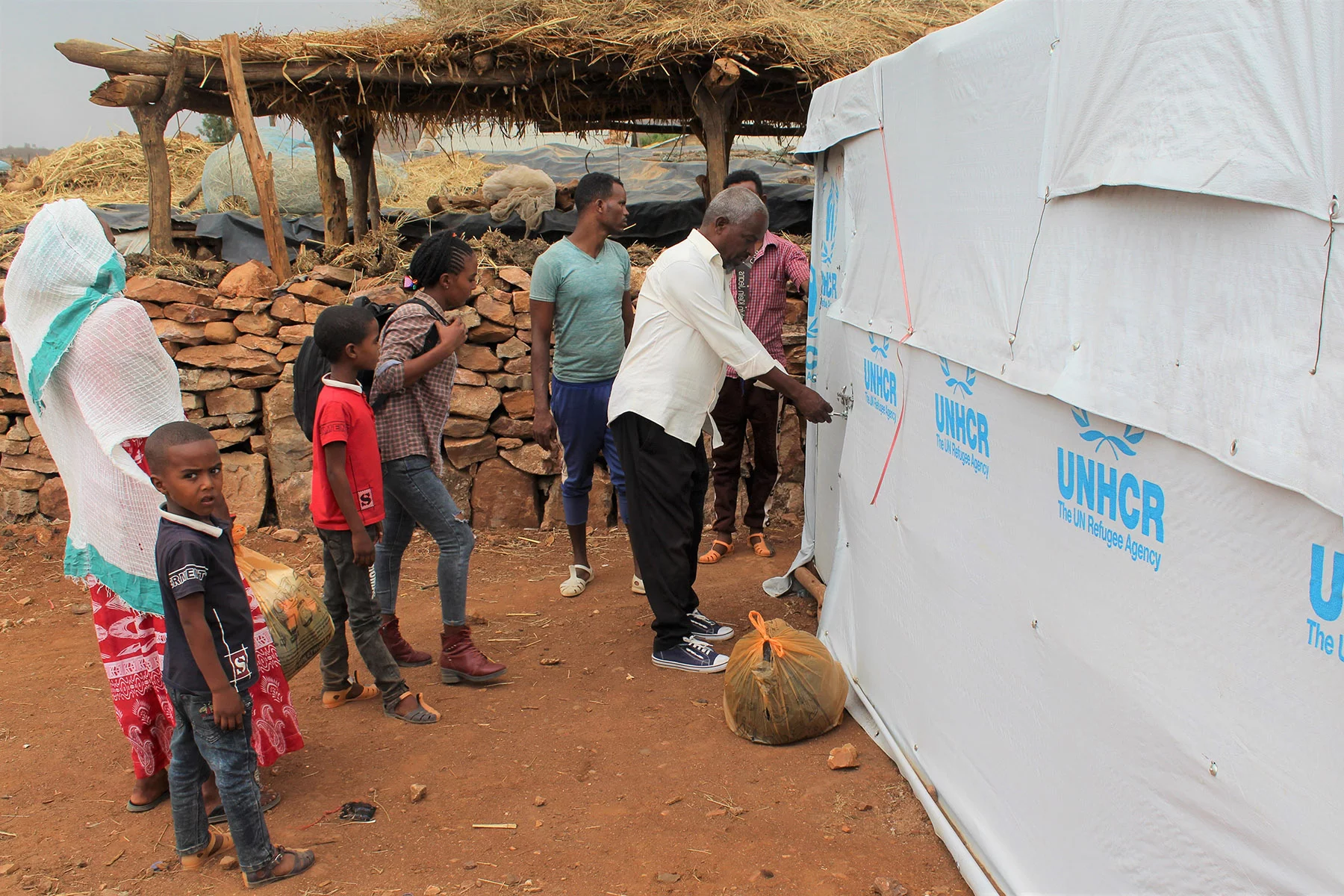
Refugees are people who have had to leave their home country due to war, conflict, persecution or instability, often leaving behind their family and belongings in the process. The 1951 Refugee Convention defines a refugee as “someone who is unable or unwilling to return to their country of origin owing to a well-founded fear of being persecuted for reasons of race, religion, nationality, membership of a particular social group, or political opinion.”
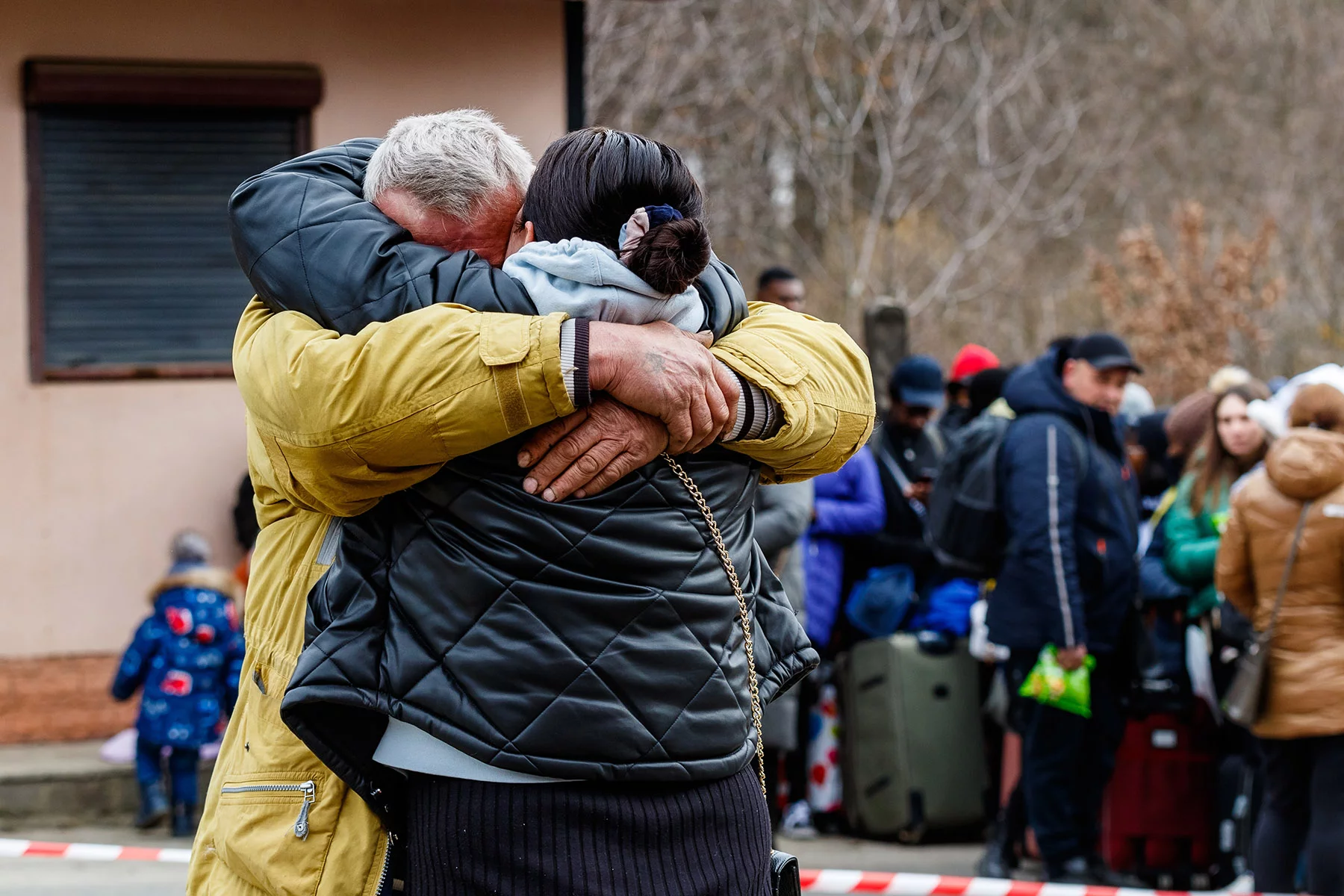
Refugees are distinct from other categories of migrants, such as those that choose to move to another country for reasons such as work, study, or joining family. However, the distinctions can sometimes be blurred. For example, someone may move to another country to pursue a better livelihood due to volatile economic and political conditions in their home country. But they would need to prove that they are persecuted on the grounds above to apply for refugee status.
Refugees and asylum-seekers are terms that we often use interchangeably. The distinction here is fairly simple:
- Refugees have been legally recognized as such.
- Asylum-seekers have applied for refugee status and are awaiting a decision.
- Internally displaced people (IDP) are those forced to flee their homes, but who have relocated elsewhere within their home country.
The current global situation
The current Ukrainian refugee crisis is a result of Russia’s invasion of the country, which began in February 2022. It became one of the biggest military assaults in Europe since World War Two. In a few weeks, the situation has generated millions of refugees from Ukraine and around several hundred thousand IDPs. Over half have fled to Poland, with Romania, Moldova, Hungary, and Slovakia also welcoming hundreds of thousands between them.
This is one of the fastest-developing refugee crises of modern times but, sadly, it is far from unique. There are currently over 84 million people across the globe who have fled their homes due to violence or persecution. This includes 30.5 million worldwide refugees, 48 million IDPs and 4.4 million asylum-seekers.
More than one-fifth of this refugee total (6.8 million) has come from Syria following the outbreak of civil war in the country in 2011. As of mid-2021, the other countries that produced the most refugees were:
- Venezuela (4.1 million)
- Afghanistan (2.6 million)
- South Sudan (2.2 million)
- Myanmar (1.1 million)
There are also around 5 million Palestinian refugees and IDPs. We are yet to see how many civilians in total will have no choice but to exit Ukraine.
Other countries experiencing conflicts that killed at least 10,000 people in 2020/21 include:
- Ethiopia – the Tigray War has killed an estimated 50,000 civilians since November 2020.
- Yemen – the civil war involving Saudi forces has killed around 377,000 since 2014. Children under 5 account for 70% of deaths.
- Mexico – around 350,000 killed in a drug war since 2006
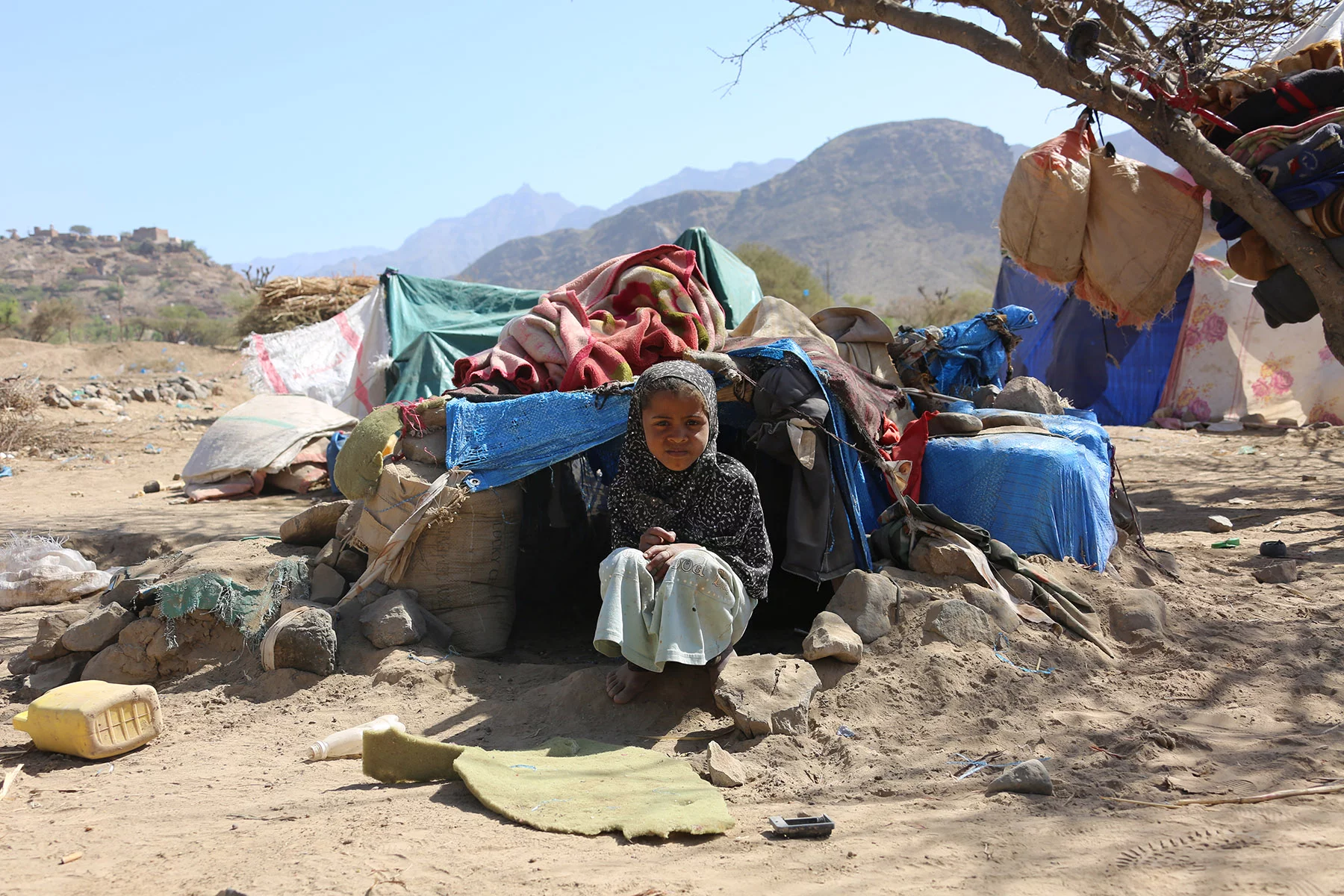
Nearly 40% of worldwide refugees have ended up in just five countries, as of mid-2021:
- Türkiye (3.7 million)
- Colombia (1.7 million)
- Uganda (1.5 million)
- Pakistan (1.4 million)
- Germany (1.2 million)
First step: informing yourself about refugees
If you want to know how to help refugees, the crucial first step is getting reliable facts about them. Not just about what a refugee is, where they come from, or where they end up. But also what they’ve had to endure on their journey, how we treat them when they arrive, what becomes of them.
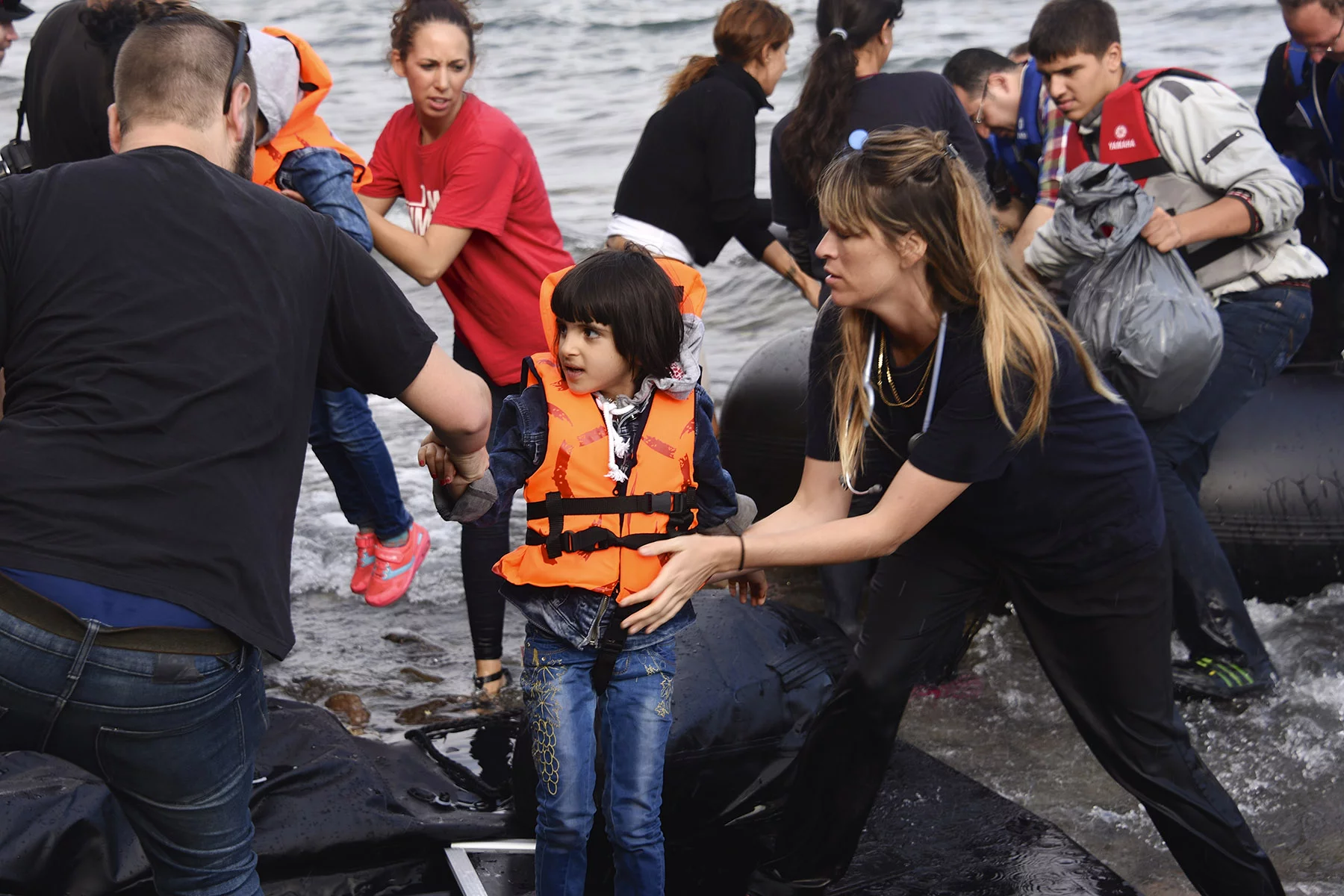
Getting the facts isn’t always as easy as it may sound. There is a lot of misinformation on refugees and asylum-seekers in sections of the press, social media, and sometimes even from elected politicians. Tabloid press reporting can be particularly bad, especially in some countries. The UK press, for example, was found to be the most aggressive in Europe during the 2015 European refugee crisis. Studies have also found that social media sites such as Facebook have fueled violence against refugees.
You can help inform yourself about refugees by finding out facts and stories on refugee support organization websites, as well as global sites such as UNHCR and Amnesty International. You can also check the reliability and accuracy of mainstream reporting on websites such as Media Bias/Fact Check.
Other good sources for news stories on refugees, migrants, and world affairs include the New Humanitarian and InfoMigrants. For more in-depth personal refugee stories, you can check out resources such as Refugee Action’s Refugee Voices or the International Rescue Committee’s Stories of Welcome.
Common myths about asylum-seekers and refugees
People fleeing their homes have to claim asylum in the first safe country they reach
This is a common untruth. There is nothing in the 1951 UN Refugee Convention that states this. EU countries can sometimes return refugees to another member state under the Dublin Regulation. However, this doesn’t prevent people from making an asylum application in any country.
Asylum-seekers have more rights to housing and welfare benefits than other residents of a country
Asylum-seekers receive less in cash benefits and normally don’t have a choice in their accommodation. Social welfare for asylum-seekers in different European countries is easy to check.
Most refugees try to reach wealthy countries such as the UK, the US, or France
85% of refugees worldwide are in developing countries, with 73% going to neighboring countries.
It’s easy to claim asylum and get refugee status
Around 60% of asylum applications in EU countries were rejected in 2020. Furthermore, the application procedure can take several months in many countries.
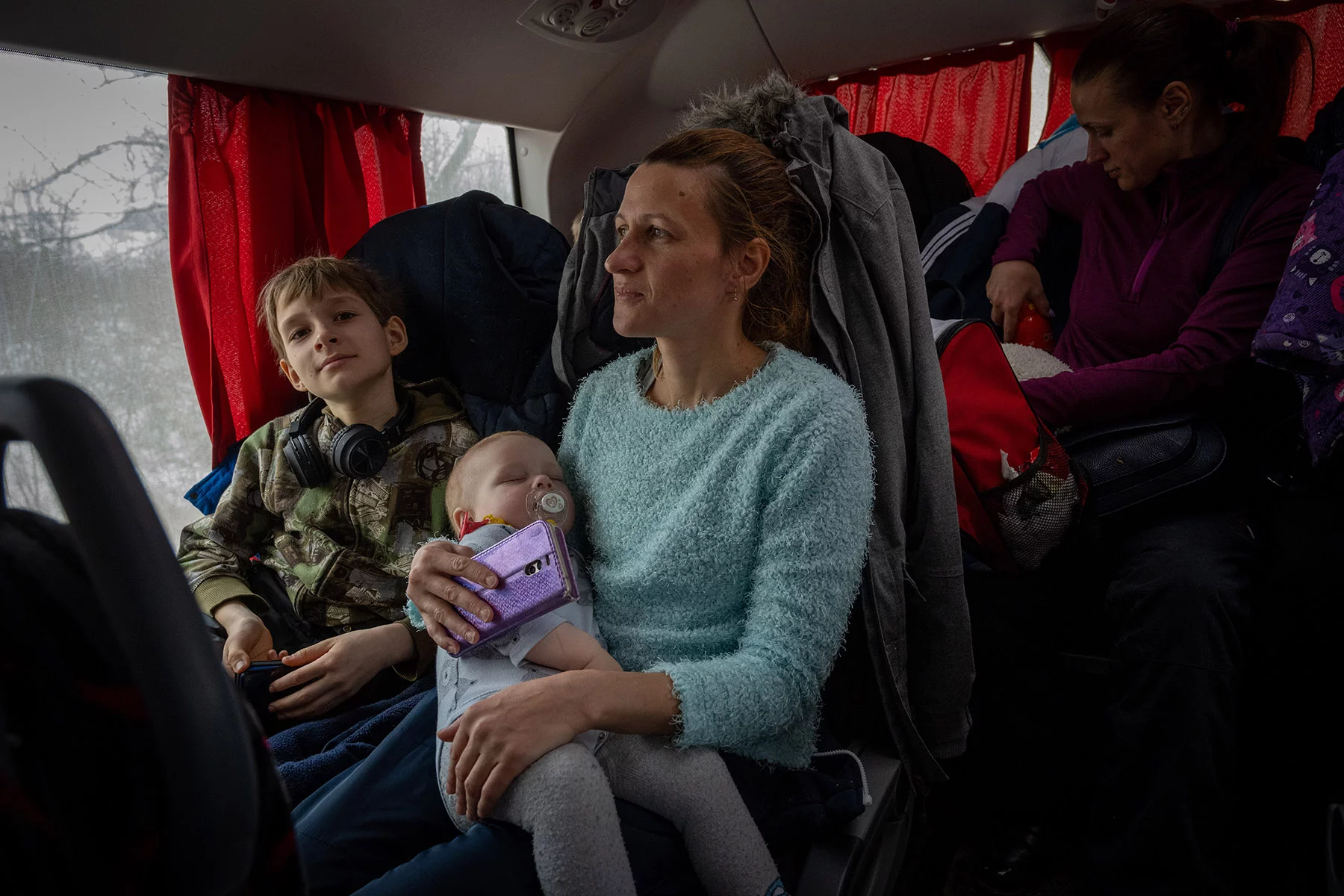
Most refugees are fit young men
Around 50% of all refugees are women. This myth became popular during the 2015 refugee crisis. Although men made up the majority of initial applications, they were later joined by other family members. Over half of Syrian refugees arriving in Europe by early 2016 were women and children.
Asylum-seekers are a threat to security and increase the risk of terrorism
Asylum-seekers are fleeing violence, not trying to cause it. In fact, studies of the Syrian refugee situation in Türkiye (pdf) seem to demonstrate that they tend to commit fewer crimes than nationals, decreasing the country’s overall crime rate. In addition, very few terror attacks in history have been by asylum-seekers or refugees. As a matter of fact, the majority of terror attacks in the US since 9/11 have been by American citizens.
Donating funds to organizations that support refugees
Giving money is an obvious but effective way of providing support. You can provide much-needed funds to organizations ranging from large global NGOs to small local groups. If you want to give lasting support, consider setting up a monthly direct debit.
Most charities and NGOs will have information on their website about where the money goes. This could be, for example, towards providing food, clothing, or medical supplies, campaigning for better refugee rights, or simply raising awareness. You could also donate to organizations working in areas that have an impact on the global refugee situation. For example, conflict prevention or improving human rights.
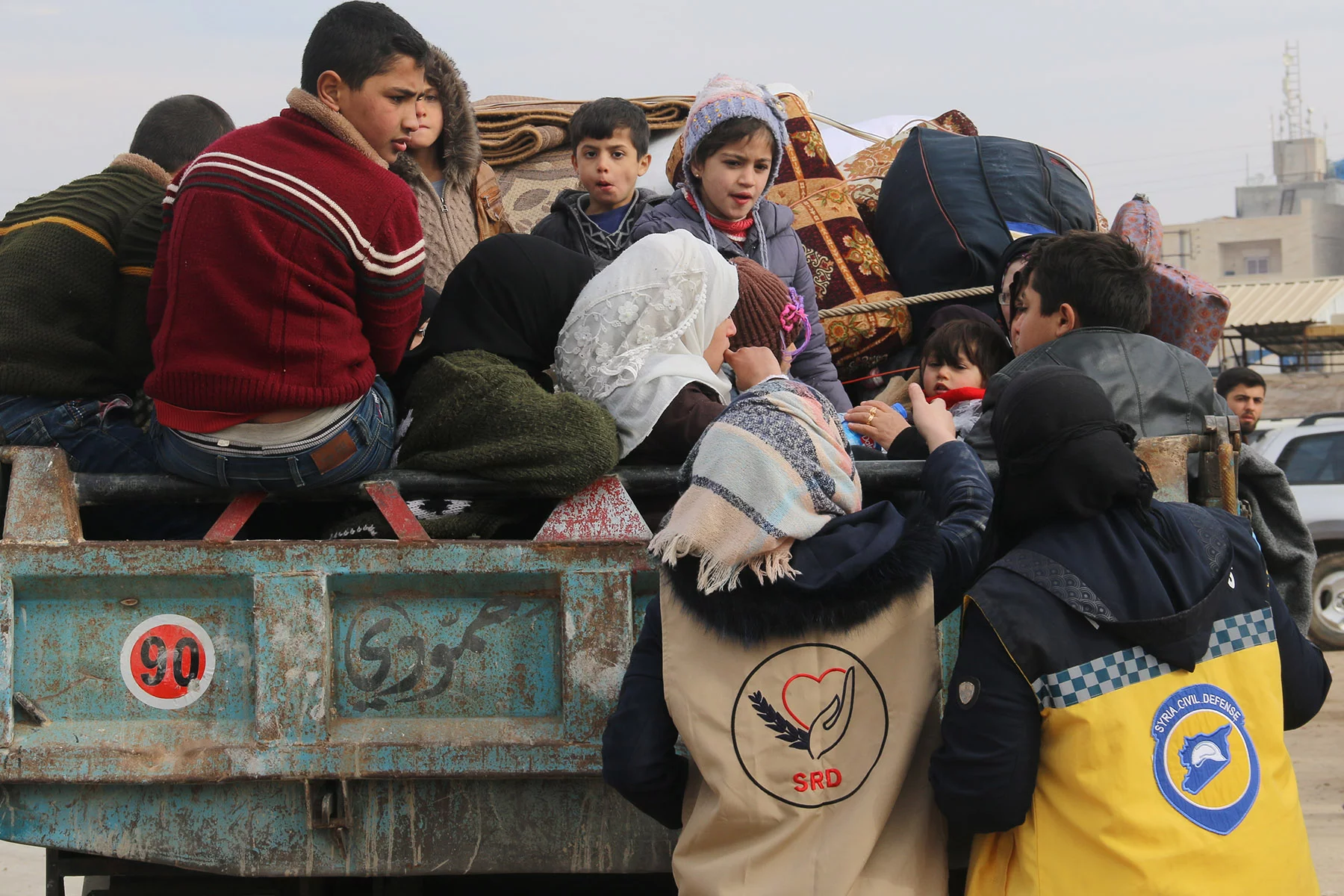
If you want to go one step further, you could consider fundraising for a particular cause. Ways you could do this include a sponsored run, swim, or cycle, holding a garden sale, or even organizing a community fundraising event. There are now many websites to help with fundraising where people can donate securely, making it easier to extend your reach and gather more sponsors.
List of international organizations that support refugees
You can search for refugee organizations specific to your own country. Here are just a few of the main international charities and non-profit organizations working in the areas of refugee support, human rights, and humanitarian response:
How else can you help?
There are many ways that you can support refugees other than donating money. For example, by providing practical support to those arriving in your local area or helping out with wider coordinated campaigns to improve things. Here are a few suggestions:
Give clothing or goods to refugee projects
You can donate all sorts of items to many refugee charities or collection efforts. These could be for refugees arriving locally, or for shipping abroad to support international projects. Donating supplies can greatly reduce the need for financial resources, and is better for the environment. What’s more sustainable than shipping items that are surplus to your requirements to those most in need? Examples of goods that are often useful include clothing, food, children’s toys, toiletries, furniture, school supplies, and electronic goods.
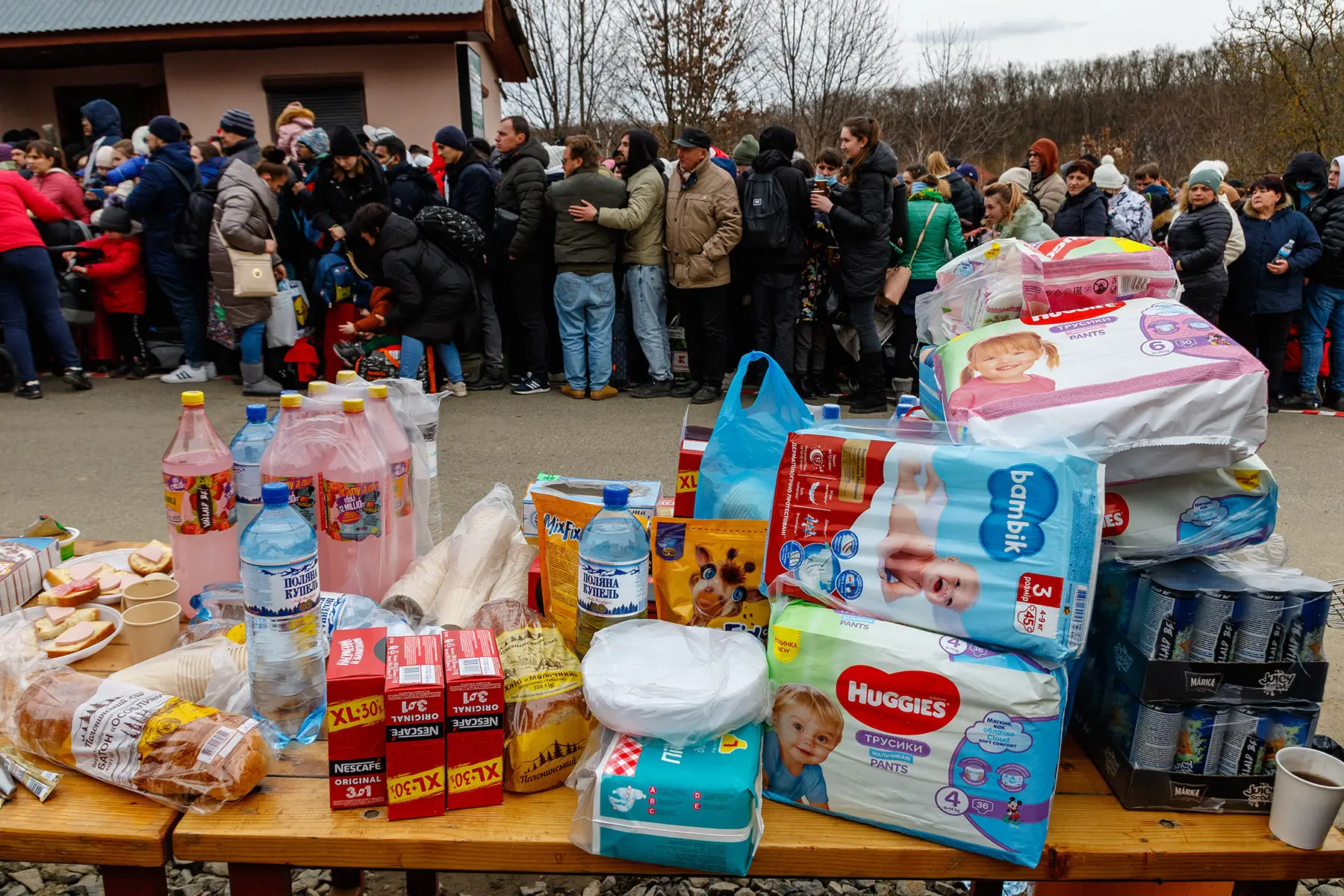
You’ll need to check what collection efforts are happening in your community, and where the nearest drop-off points are. They are usually organized by refugee projects or, sometimes, by local municipal authorities. You can often find lists of supplies most needed along with drop-off addresses.
One example is the InterEuropean Aid Association which collects a range of donated goods from across Europe to assist refugees arriving in Northern Greece and on the Aegean Islands.
Another good source of information is local social media groups, especially those for expats, who tend to be attuned to the plight of other internationals.
Volunteer for a charity
Perhaps you have a skill that you could put to use helping refugees? Charities and non-profits are always on the lookout for people who have a few hours a week to give. Alternatively, perhaps you can advertise your skills and volunteer on a freelance basis. For example, teaching English or the local language to new arrivals to help them integrate.
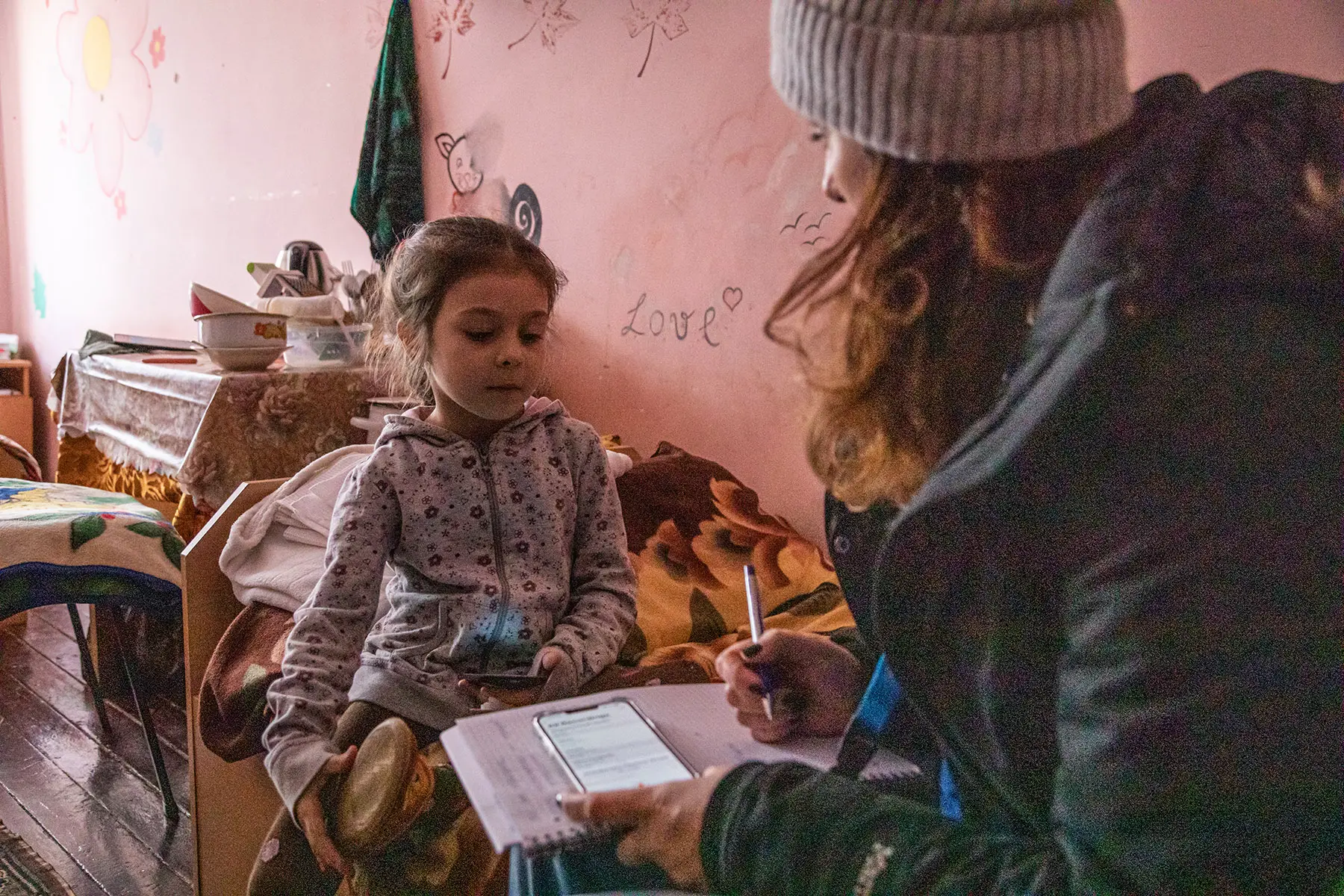
If you search for local opportunities, you may be surprised at what you find. It could be teaching creative or technical skills to groups of refugees, providing administrative support to a charity, helping out on a local befriending project, driving a van delivering donated supplies, volunteering as a translator, welcoming refugees into your local community, or any of a number of useful and rewarding roles. You don’t necessarily have to work locally. If you have more time on your hands, you could try looking for opportunities to help organizations abroad.
The UN has information about volunteering on projects in your home country, overseas or online.
Host refugees in your home
Moving abroad is a challenge for most people, but it doesn’t compare with what it represents for those forced to leave their homes and travel to a new country. First and foremost, they face accommodation difficulties at every step. Many countries don’t have adequate facilities for housing asylum-seekers. Meanwhile, those getting refugee status often have to vacate their temporary accommodation within a very short period. This increases the risk of homelessness, especially among young single people who often aren’t prioritized when it comes to housing, and can’t afford expensive rental deposits.
If you have spare rooms at home, sharing them with refugees in need not only offers a valuable resource but can also generate wonderful new human connections and long-lasting friendships.

Several governments have set up hosting schemes in the wake of the Ukraine crisis, offering financial incentives to those willing to help out. There are also a number of other wider schemes. Refugees Welcome International, which started in Germany and now runs in 14 countries worldwide, helps link up hosts with those in need of accommodation. Airbnb has set up Open Homes, which allows people to offer their homes and spare rooms to forced migrants at no charge. Concerning the current situation, Shelter For Ukraine (in Russian) is a small grassroots project matching those in need with those with resources to help.
You can read many heartwarming stories about connections made through hosting across the world on the UNHCR No Stranger Place page.
Support better refugee rights
Helping people escape persecution and conflict in their home countries is only half of the battle. To truly support refugees, we need to ensure that laws and mechanisms are in place to make the transition to their new lives as smooth and fulfilling as possible. In many countries, governments have put restrictive measures in place over the past couple of decades that make it harder for people to seek asylum or settle in their new home.
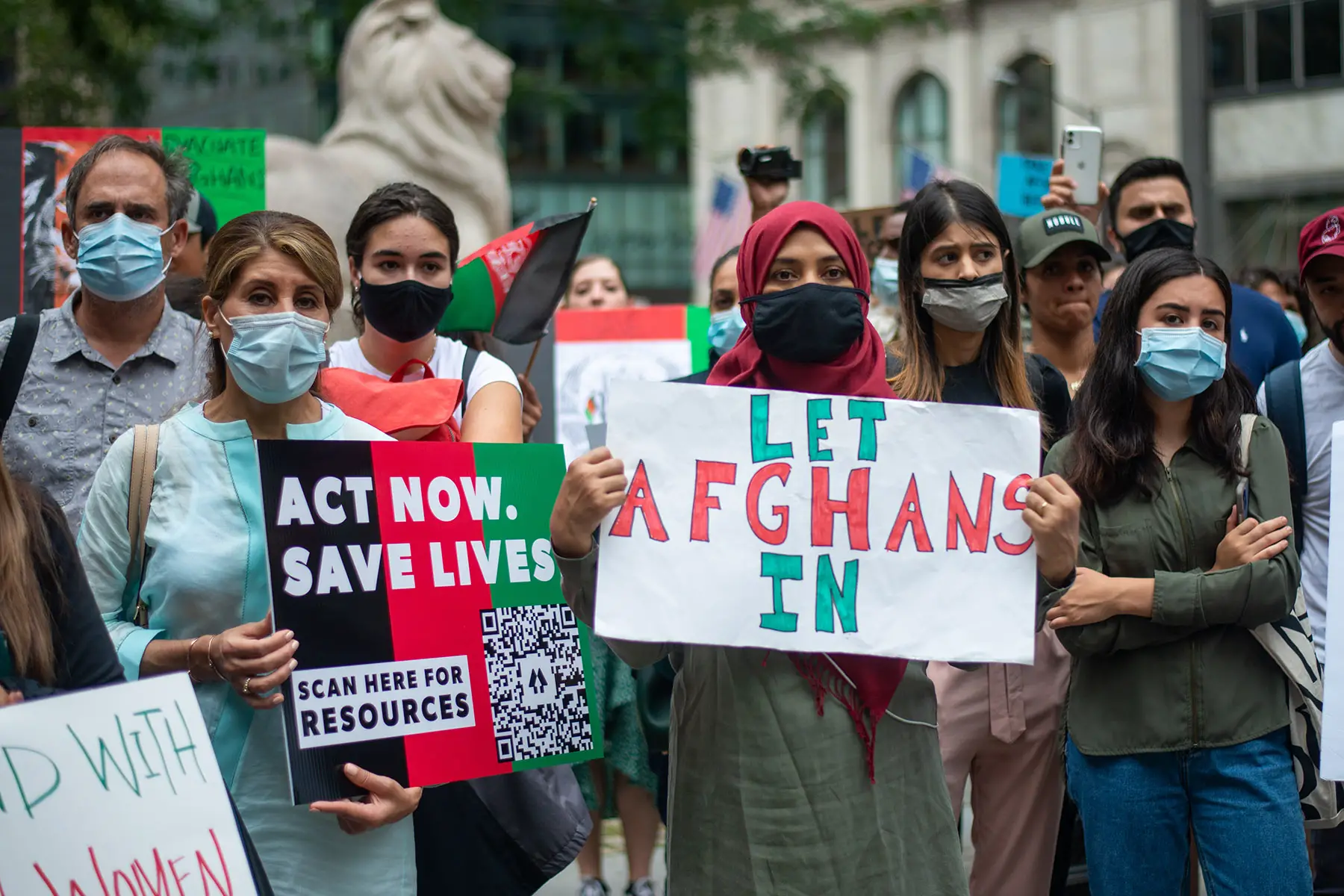
There are a range of methods you can employ to support refugee rights. For example, you can:
- Follow and support a specific campaign advocating for better rights and conditions, such as Refugee Action’ Lift the Ban campaign, to allow asylum-seekers in the UK to work while their application is being processed.
- Attend a protest. There are numerous global protests about the current situation in Ukraine, but unfortunately, demonstrations about restrictive government measures on asylum-seeker rights very rarely attract the same sort of numbers or media attention. Keep your eyes and ears open for events near you.
- Write to your elected representative. If there is a particular issue regarding refugees or asylum-seekers in your country or municipality, make your voice heard, and lobby for change.
- Make use of social media. Although it’s no substitute for physically campaigning or protesting, sharing stories or even just starting a discussion on websites such as Facebook, Reddit, Twitter, or Instagram can still be a valuable way of generating attention and interest on topics that may otherwise remain under the radar.
